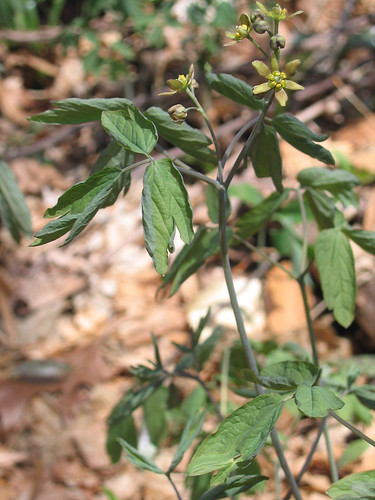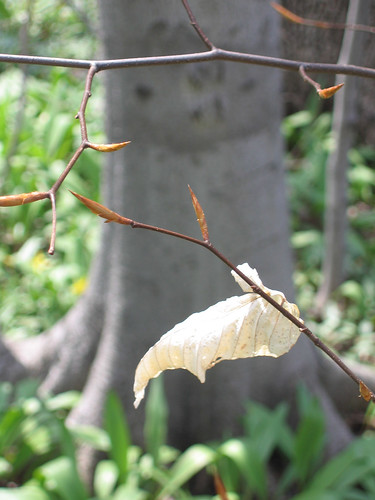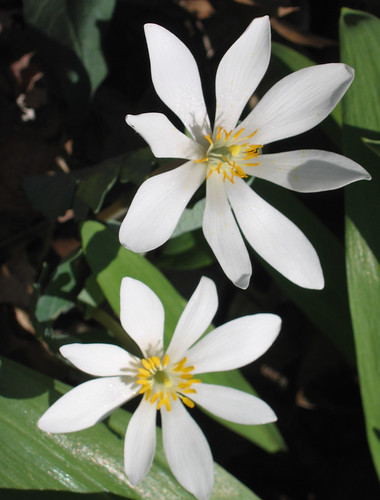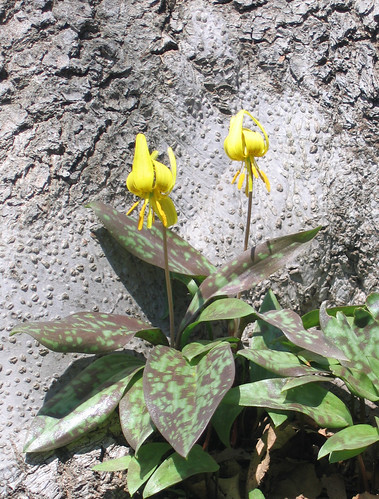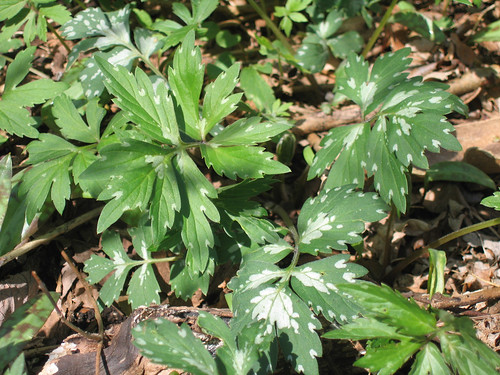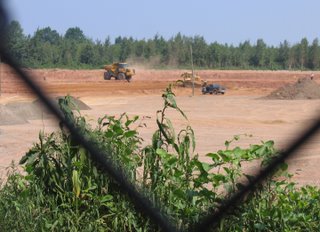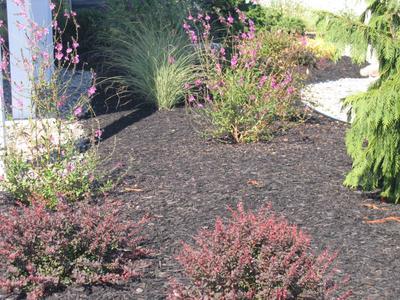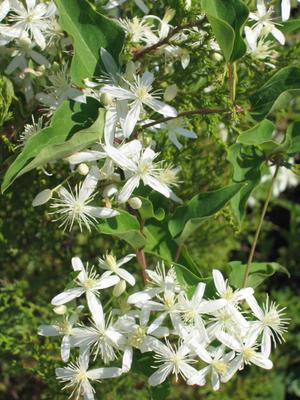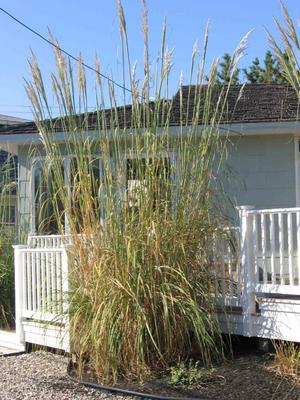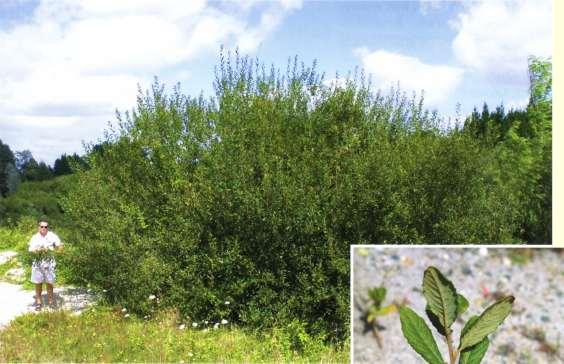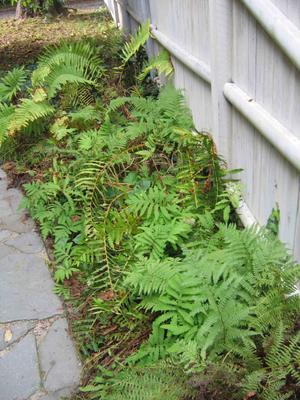Time to pull the mustard
 Garlic mustard (Alliaria petiolata), that is. This exotic wildflower, introduced to the U.S. from Europe in the late 1800s, is killing our woodlands.
Garlic mustard (Alliaria petiolata), that is. This exotic wildflower, introduced to the U.S. from Europe in the late 1800s, is killing our woodlands.
From the New York Times, May 2, 2006:
Researchers have found that it disrupts a healthy relationship between hardwood tree seedlings and soil fungi, with results that can be disastrous for a forest.
Many plants make use of arbuscular mycorrhizal fungi, which form an elaborate network of filaments throughout the soil. These fungi are a diverse group, but they all have one thing in common: they help plants take up nutrients from the soil, getting carbon in return.
Garlic mustard is a member of the mustard family, "one of the very few families that do not need to associate with mycorrhizal fungi at all," Dr. Stinson said. These species produce chemicals that have antifungal properties. Native mustards have been around long enough, she suggested, that the mycorrhizal fungi have learned to live with them. But the fungi haven't had time to adapt to garlic mustard. "It basically is killing off the fungi," she said.It bullies out our native spring ephemerals, it secretes a compound which destroys the soil fungi that is critical to the survival of our trees, and it fools a native butterfly to lay eggs on it that its the caterpillars can't eat. Here's a primer on the proper protocols for pulling it out. It's a prolific seeder, so bagging it is important.







